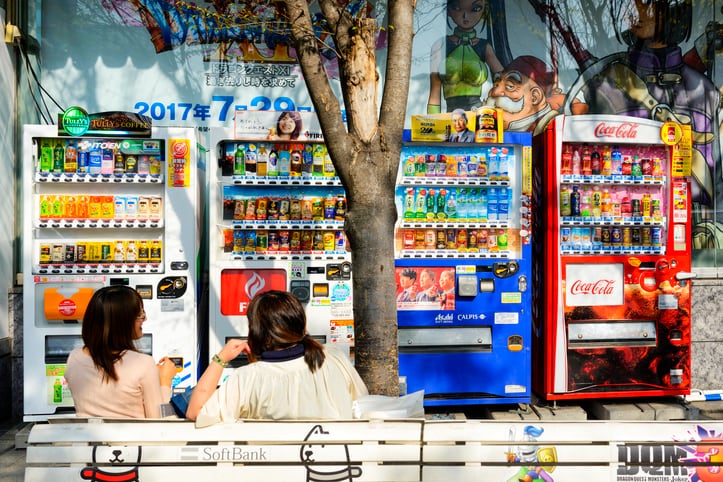Global kiwifruit king: Demand in China rising rapidly due to premiumisation and health trends
China is experiencing a boom in kiwifruit demand on the back of its premium and healthy connotations, despite already being the world’s top consumer of the fruit.
According to kiwifruit specialist firm China Shenshan Orchard Holdings (China Shenshan), China is the world’s largest kiwifruit-consuming country at 2.2 million tonnes, or 52% of total volume consumed, but demand is continuing to grow.
“China’s kiwifruit consumption far exceeds the figures recorded by the second-largest global consumer which is Italy at 337,000 tonnes – we outnumber them by sevenfold,” China Shenshan Executive Director David Zhao told FoodNavigator-Asia.
What a tonic: Four Pillars says Asia experiencing a premium and craft gin boom
Australian gin specialist firm Four Pillars' newly-appointed regional head of Asia believes that regional demand for premium and craft gin is on the rise, which will help the company build on its significant export markets growth in 2020.
According to Four Pillars' Trade Manager for Asia Albane Corbi, who joined the company in June, the gin market performed strongly when the COVID-19 hit, but was already on the way up even before this.
“The gin category is booming in Asia, COVID or no COVID – we did see a surge across all brands last year as people were drinking more at home, but gin was already booming even before the pandemic hit,” she told FoodNavigator-Asia.
Big slim pickings: South Korea’s plant-based sector flourishing thanks to ‘weight-loss’ concerns
South Korean plant-based firm The PlantEat has highlighted the pursuit of weight loss, especially amongst the younger generation in the country, as a major driver behind the growth of the local plant-based sector.
The PlantEat has taken a very different approach to most other plant-based firms by opting not to focus its first products on the more common meat and dairy alternatives, but instead on the sauce and bakery sector.
Its first product was a plant-based mayonnaise, and it now has 34 SKUs including a variety of crackers, cookies and granola, as well as Home Meal Replacement (HMR) frozen meal kits in addition to doing B2B work on ingredients such as beef flavourings.
“South Korean food culture is actually very dependent on meat and other animal protein, so here the draw towards plant-based is actually not so much veganism as it is weight loss,” The PlantEat Data Scientist Lee Iksung told FoodNavigator-Asia.
Craft beer in China: Brewery-backed app wants to mirror US category growth trajectory
A brewery-backed online platform providing information, ratings and reviews on craft beer in China is on a mission to grow the category, which currently accounts for just 1.5% of brews sold in the country.
Established by Shen Kai in 2015, Jiuhuar is said to be China’s first beer application to promote and develop the craft beer culture in the country, and now has more than half a million users.
Shen told FoodNavigator-Asia that craft beer consumption in China only began about a decade ago, even though around 80% of Chinese consumers drink beer.
In 2020, craft beer sales reached RMB 12 billion (US$1.8bn), which is only 1.5% of total beer sales in China. Despite this, Shen anticipates China’s craft beer market will follow the trajectory seen in the US over the next five to 10 years.
The US craft beer market, began in the 1960s but became more popular in the 1990s with the rise of microbreweries. In 2020, craft beers account for about 28% of US’s total beer sales, which is about RMB120 billion (US$18.6bn).
Brewing better beverages: Nespresso, Milo and more on two key factors heating up Asia’s hot drinks category
The hot drinks sector in the Asia Pacific region has highlighted a rise in consumer demand for more premium, better-for-you products as well as a shift towards more sustainable options, both of which are driving new product innovation.
In this edition of the FNA Deep Dive, we take a closer look at the region’s hot drinks industry, including coffee, tea, hot chocolate and more to find out more about what is making the sector tick and how firms are creating new products.
The Asia Pacific hot drinks market is expected to grow by a CAGR of 7.7% to hit US$116.8bn by 2024 with coffee and tea amongst the most popular categories in the market, driven by many working-class consumers’ need for caffeine on a daily basis.





